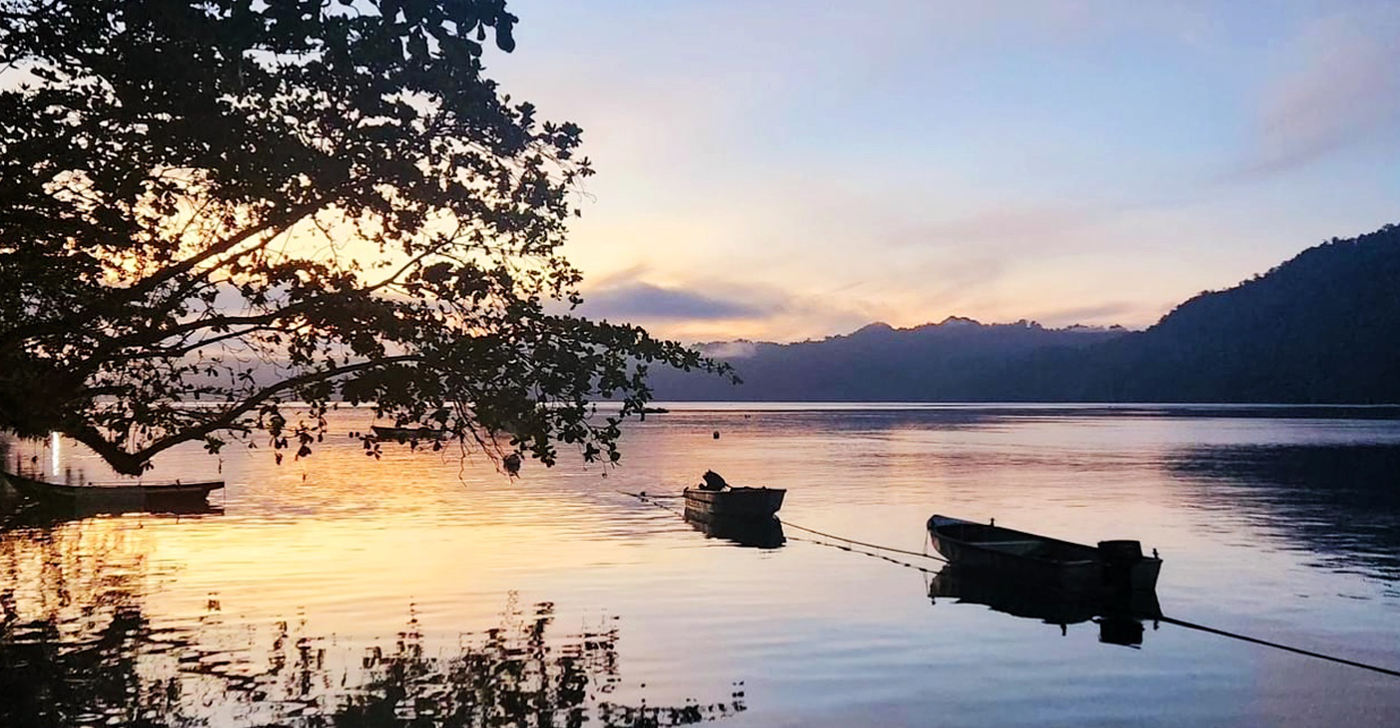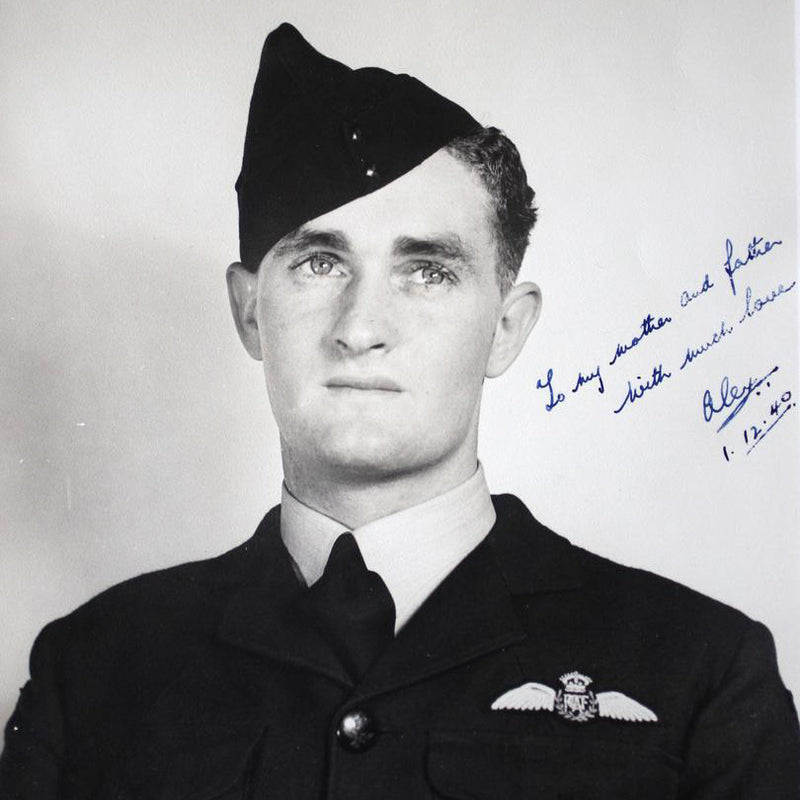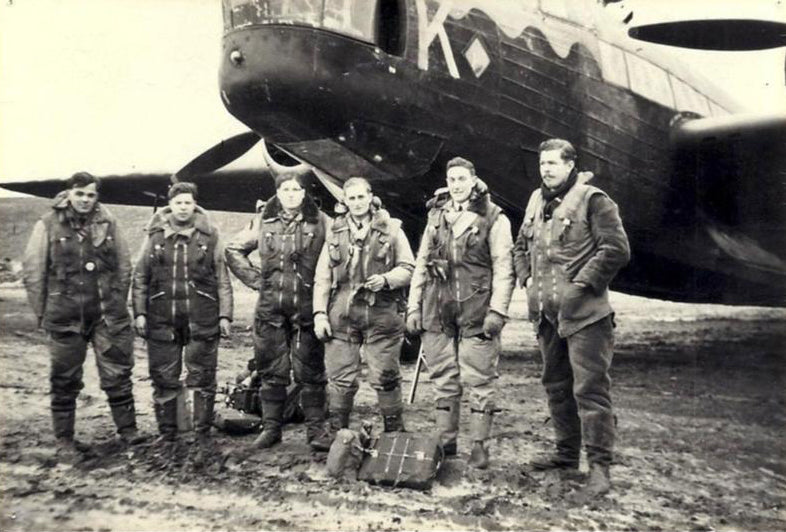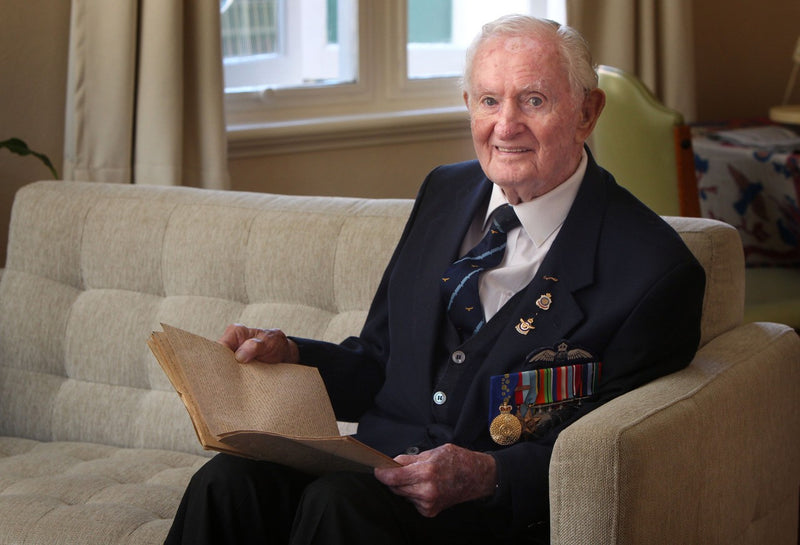
Celebrating 30 Years
-
A serendipitous encounter between investors in a Jakarta office sparked a lifelong friendship & the idea to pursue pearl culturing in Indonesia. The resulting joint venture led to a risky investment in challenging & isolated regions & the emergence of one of the world’s largest producers of South Sea pearls.
-
Indonesia; the land and waters of opportunity.
In 1970, Professor Kerr, an Australian economist from Perth, was appointed by the Columbo Plan to improve the Indonesian National Income Estimates by developing regional income estimation. During his time working with various Indonesian regional universities and consulting on urban development to the Papua New Guinea Government, he was exposed to a whole new vista of under-development. He experienced dense jungle, rugged mountains and the colourful tribes of local villages.
As his appointments neared their end in the late 1980s, he decided to explore potential business opportunities and found himself becoming involved with water activities. Kerr partnered with three other Australians with various Indonesian connections—Ian Fisher, Adam Body, and Ian Murchison—to pursue maritime ventures, including a Bali marina and a prawn culture venture.
Despite these ventures ultimately ending due to challenges beyond their control, the team remained determined to explore business opportunities in Indonesia, a country with significant development potential.

Alex Kerr as a young pilot.

Alex Kerr in the airforce during WWII

Alex Kerr with his prisoner of war diary ©️The West Australian
